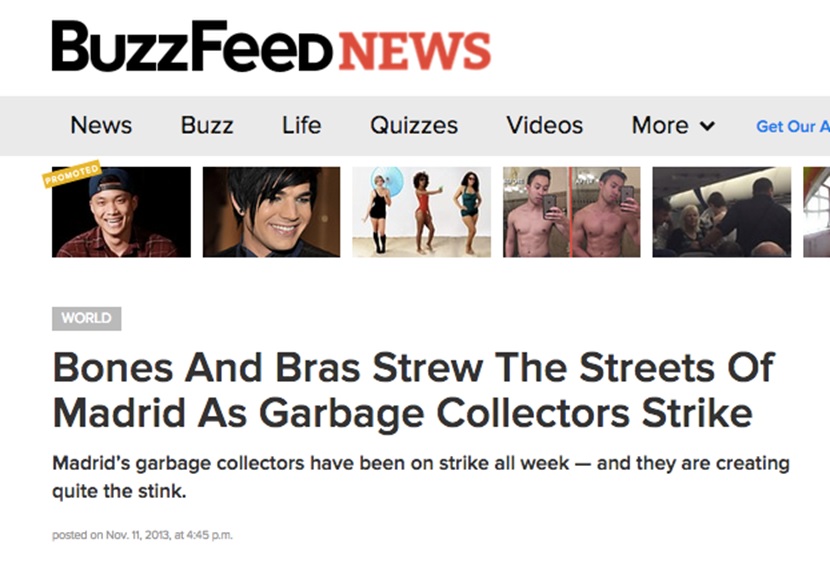Australia is going through one of its toughest periods throughout the entire COVID-19 pandemic. Generally recognised as having one of the best responses to COVID-19 all around the world, case numbers are now soaring to record numbers and we are approaching nearly 6 weeks in a hard lockdown. However, to the ire of most Australians, we have seen several anti-lockdown protests over the last few weeks, with the potential to be ‘super-spreaders’ of COVID-19 like we have not seen before in this country. As the protesters marched in the name of supposed ‘freedoms’, police were outnumbered and unable to stop the protests. With over 3,500 people attending the protests in Sydney alone, it posed the question: how has anti-lockdown sentiment spread so quickly through Australian society? The answer: social media. While Facebook and Twitter have been around for a while and have seen the spread of some anti-lockdown sentiment, there is a new ‘superspreader’ on the digital battleground: TikTok.
Over 2.5 million Australians regularly use the short video app and that number continues to grow. This has given many amateur creators the chance to communicate with the world through sixty-second video snippets. However, given that these creators are not verified, this has also resulted in an increased spread of misinformation on these platforms. This was first evident with misinformation around vaccines, where videos and audio tracks that circulated around TikTok were seen to contribute to ‘vaccine hesitancy’ all around the world, according to researchers in London who track misinformation. However, we are now seeing it in Australia with anti-lockdown videos.

Over the last few weeks, I have seen hundreds of videos on my feed promoting an anti-lockdown culture. Many of these videos are created by young people, disgruntled at having their ‘freedoms’ stripped away from them by the government and needing to comply with stay-at-home orders. But why are we seeing so many of these videos?
The simple answer is because TikTok wants us to. Platforms like TikTok promote shareability and virality above any form of truth. The longer the viewer spends looking at a particular video or the more the video gets shared, the more likely that the video will end up in other people’s feeds.
Sharing Amplifies Misinformation
Often when scrolling through a TikTok feed, the only thing concerning users is how amusing the content is. This becomes a problem when misinformation is at play. Users share or “amplify” content which is often misinformed because they think it is funny or “ironic.” As videos are so short, there is no room for nuance or thought, it’s just a quick, easy-to-follow simple share. Because of the nature of TikTok’s “For You” page (which tailors content to the user based on their previous viewing activity), if you share an anti-lockdown video or even linger on protest videos for long enough, you will soon see more and more in your feed. This then creates a vicious cycle where creators end up being rewarded for posting anti-lockdown content with high views and engagement.
TikTok has been urged by regulatory bodies to clamp down on the spread of misinformation and has taken some small action, removing about 1000 videos for misinformation over a six month period. They have also put automatic warning banners for misinformation on some videos, in order to allow users to make their own educated decisions about the quality of the content. However, this is simply insufficient. In a highly fragmented digital landscape, people often respond well to content that has been liked and shared by a large number of people. They may think that because other people have endorsed it, that it must be credible. On TikTok the endorsement of content by other people holds even more weight to the user because it reflects their own ‘filter bubble.’ If ‘like-minded’ thinkers have endorsed the content, then it must be especially credible.
Lack of Regulation
While there are regulatory bodies that monitor social media such as the Australian Communications and Media Authority (ACMA), it is largely ineffective for dealing with fast-moving social media platforms, where content is difficult to isolate for analysis due to the sheer volume of content on the platform. “There is currently no broad regulation of online misinformation in Australia,” says a spokesperson for the ACMA. This means users need to regulate their own social media habits. That is easier said than done.
People can also be drawn to rule-breakers. Whether it is criminals, celebrities acting out or protestors on TikTok, we become interested in people who break the rules, even if it is far removed from our own daily lives. But this interest feeds into the TikTok algorithm and pushes this content further than many of its creators could even imagine. For young people, this is especially important to remember. The next time you see a piece of anti-lockdown content that seems amusing, think before sharing it. And everyone needs to be aware of social media’s new battleground. It’s a completely different war now. It’s time to take note of TikTok.
This report by Kiran Gupta, a 2021 Polis/LSE Summer School student who is studying media/law at Sydney University.
The views in this article are those of the author and do not necessarily reflect the views of Polis or the LSE




